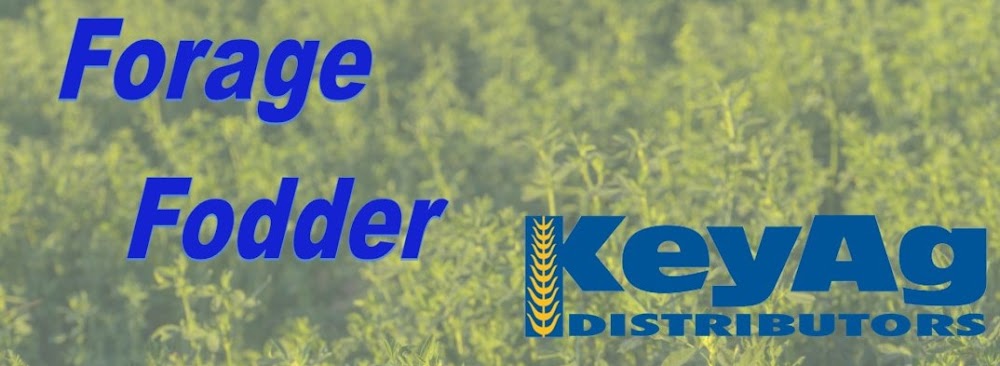Colorado—In the Dec. 8 report, compared to last report, trade activity moderate on very good demand for horse hay with market prices steady. Buyers for feedlot and dairy hay are indicating they have enough hay bought to get to next hay season with little supply available. Hay that is available is coming with a hefty price tag.
Missouri—In the Dec. 15 report, compared to last report, hay movement remains good, the supply of hay is light to moderate, demand is moderate, and prices mostly steady. Most everyone is feeding a near full diet to livestock now and with the extreme cold weather predicted during late December those that aren’t will be.
Nebraska—In the Dec. 15 report, compared to last week, reported bales of grass and alfalfa hay sold steady. Ground delivered alfalfa sold steady. Ground and delivered cornstalks $5 to $10 lower. Dehydrated alfalfa sold steady. Major winter blizzard hit the western half of Nebraska mid-December.
Oklahoma—In the Dec. 9 report, compared to the last report, hay growers have started to focus on their longtime customers. Taking care of those long-time customers is causing buyers to rely on Emergency Assistance for Livestock, Honey Bees, and Farm-raised Fish or ELAP. The ELAP services have been allowing people to receive affordable delivery costs as they buy hay all across the country. Also, these services have allowed hay brokers to get affordable hay delivered for some customers that do not have those hay contacts. Prices do continue to rise along with the demand. Next report will be released Dec. 23.
Texas—In the Dec. 16 report, compared to the last report, hay prices remain firm in all regions. Hay demand is very good across the state. Recent rains in the south have boosted winter grazing. Pastures are still actively growing in the south as temperatures have been mostly mild and the region has avoided a hard freeze so far. Supplemental feeding is taking place in all other regions due to limited or short winter grazing. The last report on the winter wheat crop from November showed that 49 percent of the crop was rated from poor to very poor. Forages are continuing to come in from out of state, but availability and freight costs have caused some livestock producers to liquidate portions of their herds. Next report will be released Dec. 30.
New Mexico—Hay reports have ceased for 2022. Next report will be released April 2023.
South Dakota—In the Dec. 16 report, compared to the last report, all classes of hay remain steady to firm. Very good demand for all types and qualities of hay. A large winter storm with no travel advisories for the entire state, made it very difficult to move hay. Temps to fall to double digits below zero next week with below zero daytime highs will make for more challenging conditions.
Wyoming—In the Dec. 15 report, compared to last week, all reported baled forages sold steady. Sun-cured alfalfa pellets sold $5 higher. Demand was moderate. Most hay going to dairies, horse owners and some going to ranchers. Some snow in the eastern areas of the state with blustery cold winds prevailing.
Montana—In the Dec. 16 report, compared to last report, hay sold mostly $10 higher. Demand for hay this week was mostly good to very good for light offerings. Ranchers showed very good demand this week for hay as they search for hay for winter needs. Hay supplies have tightened significantly in the last few weeks. A harsh, snowy, cold winter has increased feed consumption as many producers are forced to feed cows due to heavy amounts of snow that remain on the ground. Many ranchers report that they have lots of fall regrowth but it remains covered in 10 to 18 inches of snow. Hay supplies out of the Dakotas have slowed this week as roads remain unpassable due to a huge winter storm. Ranchers in need of emergency loads were forced to pay higher money for local hay this week.


No comments:
Post a Comment